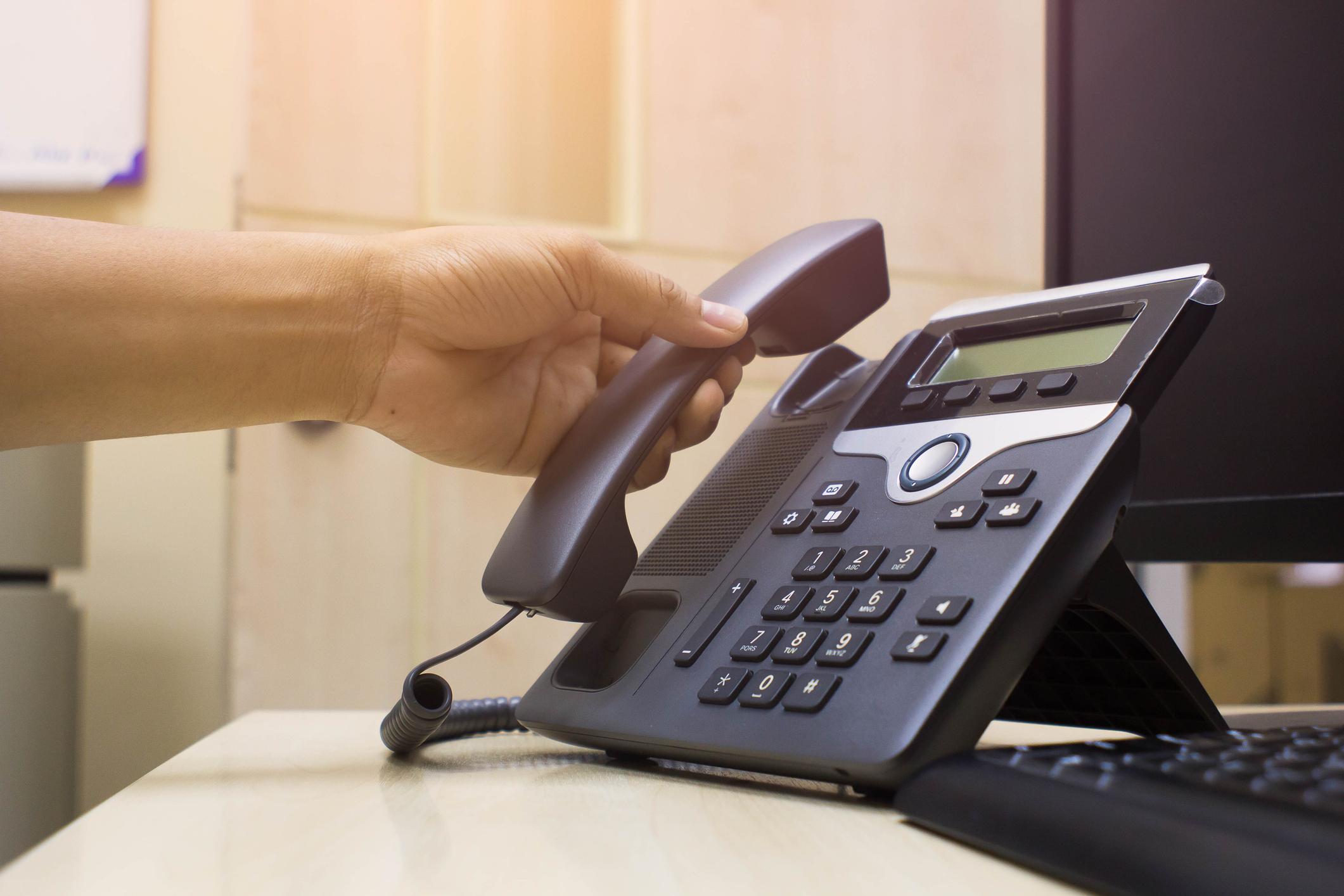MENU
Start
- Best Small Business Loans for 2024
- Businessloans.com Review
- Biz2Credit Review
- SBG Funding Review
- Rapid Finance Review
Our Recommendations
- 26 Great Business Ideas for Entrepreneurs
- Startup Costs: How Much Cash Will You Need?
- How to Get a Bank Loan for Your Small Business
- Articles of Incorporation: What New Business Owners Should Know
- How to Choose the Best Legal Structure for Your Business
Our Guides
- Business Ideas
- Business Plans
- Startup Basics
- Startup Funding
- Franchising
- Success Stories
- Entrepreneurs
Small Business Resources
Grow
- The Best Credit Card Processors of 2024
- Clover Credit Card Processing Review
- Merchant One Review
- Stax Review
Our Recommendations
- How to Conduct a Market Analysis for Your Business
- Local Marketing Strategies for Success
- Tips for Hiring a Marketing Company
- Benefits of CRM Systems
- 10 Employee Recruitment Strategies for Success
Our Guides
- Sales & Marketing
- Finances
- Your Team
- Technology
- Social Media
- Security
Small Business Resources
Lead
- Best Business Phone Systems of 2024
- The Best PEOs of 2024
- RingCentral Review
- Nextiva Review
- Ooma Review
Our Recommendations
- Guide to Developing a Training Program for New Employees
- How Does 401(k) Matching Work for Employers?
- Why You Need to Create a Fantastic Workplace Culture
- 16 Cool Job Perks That Keep Employees Happy
- 7 Project Management Styles
Our Guides
- Leadership
- Women in Business
- Managing
- Strategy
- Personal Growth
Small Business Resources
Find
- Best Accounting Software and Invoice Generators of 2024
- Best Payroll Services for 2024
- Best POS Systems for 2024
- Best CRM Software of 2024
- Best Call Centers and Answering Services for Busineses for 2024
Our Recommendations
What Is an Auto-Dialer?

Table of Contents
If you’ve never seen an auto-dialer before, your mind probably conjures up images of robocalling machines automatically dialing relentlessly for massive telemarketing efforts. However, auto-dialers do much more than automate unsolicited sales calls and leave pre-recorded messages to tens of thousands of phone numbers in rapid succession.
Editor’s note: Looking for the right business phone system for your business? Fill out the below questionnaire to have our vendor partners contact you about your needs.
Auto-dialers are a timesaving, predictive dialing software available in a handful of formats, including preview dialers, voice broadcasters, progressive dialers and predictive dialers. In most instances, their purpose is to improve your customer’s experience and ensure agents of all types can work as efficiently as possible.
While saving a few seconds to find and dial a phone number may not seem significant, large call centers and sales teams that handle tens of thousands of calls each year can benefit from such seemingly small improvements. Compared to manual dialing, an auto-dialer can significantly increase productivity by saving your employees time or entirely automating outreach.
They can also make it possible for local and state governments to send timely warning messages and important safety instructions in the form of audio messages to everyone affected by a natural disaster or emergency.
How does auto-dialing work?
Traditional auto-dialers work alongside software and voice modems to assist human agents by eliminating time-consuming tasks and dialing the phone number automatically. Once a call is answered, an auto-dialer can connect the call to a live agent or play a pre-recorded message. If the call goes to the recipient’s voicemail, auto-dialers can either leave a message or flag the number in their system to be contacted another day.
These systems can free personnel to focus on their customers’ needs without wasting a moment dealing with ringing or unanswered calls. Generally speaking, auto-dialing systems work in four parts:
1. Auto-dialer software
Auto-dialing systems are made possible through the use of computer software. All of the available features and capabilities of an auto-dialer are dictated by the software and service provider you select. Most basic auto-dialing systems can run on everyday computers with a direct correlation between CPU power and audio quality. However, once you get into contact centers that handle upward of 10,000 channels, you’ll need a powerful server rack with numerous CPU cores, ample memory and a fast broadband connection to support your system.
2. Human agents
While some auto-dialing systems are implemented to send pre-recorded messages, live agents play a key role in many auto-dialing scenarios. At a minimum, you’ll need an employee to record any messages, select the appropriate call list, choose the dialing mode and initiate the system. Many auto-dialing systems require a large number of personnel to handle inbound calls.
3. Voice modem
Voice modems are necessary to transmit and receive voice recordings over the phone line. This technology was developed for data and fax communications, so make sure any modem or device you use can handle voice transmissions. If you’re unsure whether a specific modem can handle voice communications, look for any indication that the hardware comes with some form of voicemail software.
4. VoIP or landlines
Connecting calls with auto-dialing systems can be accomplished through either VoIP or landlines. However, large-scale auto-dialing systems are moving toward cloud-based, integrated systems that connect with top CRM software solutions, and include an extensive list of advanced features that may eliminate the need for a voice modem.
If you’ve ever contacted a customer service department and been given the option to hold on the line or have someone return your call as soon as a representative is available, then you’ve likely been routed through an auto-dialing system with a callback feature. If you opt to receive a callback when the customer service team can get to you, you’re essentially waiting for the auto-dialer software to find the next available agent and place your call the moment an agent is free.
Who needs auto-dialing software?
Auto-dialing software is used across many industries, including outbound sales, customer service, charities, political groups, local governments and debt collection agencies.
Large customer service teams with a high volume of incoming calls can use auto-dialing software to let their customers skip long hold times and instead wait for a callback. Political organizations and campaigns rely on auto-dialing software to reach potential voters with pre-recorded messages designed to influence decision-making during election cycles. Local government agencies and schools use dialer solutions to send important messages to residents about natural disasters or school closures due to inclement weather.
Types of auto-dialing
There are four main types of auto-dialing products that are utilized by sales teams, call centers and government agencies.
1. Preview dialer
Preview dialers provide agents access to the customer or sales lead’s identity. With this information, agents can personalize their sales pitch or access the appropriate tools they’ll need to perform technical support.
2. Voice broadcasting
Voice broadcasting – or robocalling – is auto-dialing technology that sends a pre-recorded message to the call recipient. If the recipient doesn’t answer the phone, voice broadcasting leaves a message. This system can also be used with surveys, where the recipient is instructed to press a number on their phone with a corresponding touch tone to indicate the answer – an outbound interactive voice response (IVR).
3. Progressive dialer
Progressive dialers – or power dialers – will automatically call every number on your contact list in search of a live caller. Once an individual answers the phone call, progressive dialers route them to an available live agent. These systems increase productivity by giving agents more time to focus on selling, learning or collecting information.
4. Predictive dialer
Predictive dialers use algorithms to predict when the next agent will become available, and place a call seconds before their prediction. This high-rate dialer allows the computer to handle every unanswered call, freeing workers to focus on speaking with the individual on the other line. In instances where no agents are available, despite the prediction, the caller on the other end can be left without anyone on the line.
Pros and cons of auto-dialers
While auto-dialers have suffered from their association with robocalling and unwanted telemarketing, their widespread use benefits businesses and customers.
Pros
- Reduced agent wait times: Today’s most advanced auto-dialer systems include sophisticated voice detection technology that allows them to know exactly when to route a call in real-time to a live operator. This way, agents can hop from caller to caller quickly, as there is no downtime spent waiting for ringing and unanswered phone calls.
- Increased conversion ratios: The information provided by preview dialers can be used to increase personalization in every human interaction. Preview dialers also provide sales agents with the information they need to identify high-quality leads, so they can spend their time where it is the most valuable for your company.
- Reduced customer wait times: These systems help inbound callers reach an agent easily with callback features, instead of holding, or getting pushed to an auto-attendant or voicemail.
Cons
- More employees: Predictive auto-dialing systems typically require a large workforce. The predictive dialing algorithms don’t route calls based on availability; they predict the exact time an agent spends on each call, and will start dialing the next number on their list a few seconds before the agent hangs up. If all of your agents on a small team are busy, the individual on the other end of the line may not get through quickly.
- Errors in detecting live calls: Some auto-dialing software in lower-quality call conditions may struggle to distinguish between a live voice and a voicemail greeting. In these instances, voicemail greetings will be routed to live agents who will then need to decide to leave a voicemail or hang up – neither of which is the best use of an agent’s time.
Auto-dialer compliance issues
The Telephone Consumer Protection Act of 1991 (TCPA) was enacted to address increasing telephone marketing calls using auto-dialers. In 2012, the Federal Communications Commission (FCC) revised the TCPA laws requiring telemarketers “(1) to obtain prior express written consent from consumers before robocalling them, (2) to no longer allow telemarketers to use an ‘established business relationship’ to avoid getting consent from consumers when their home phones, and (3) to require telemarketers to provide an automated, interactive ‘opt-out’ mechanism during each robocall so consumers can immediately tell the telemarketer to stop calling.”
These rules work alongside the National Do Not Call Registry, which exists to let us opt out of telemarketing calls, with exceptions for “charities, political groups, debt collectors and surveys.”







